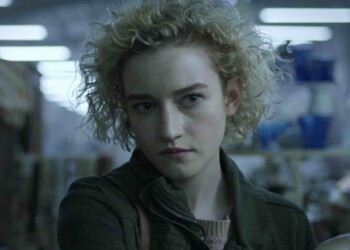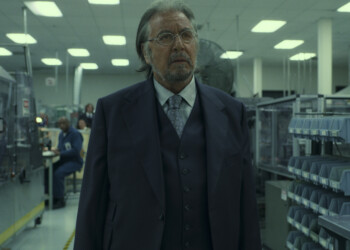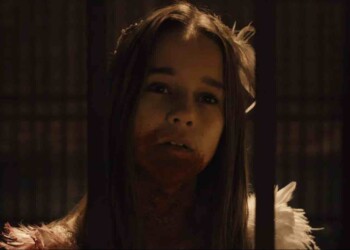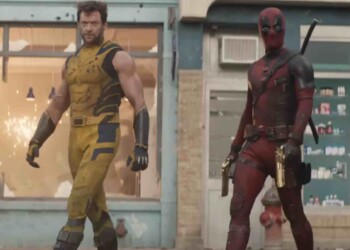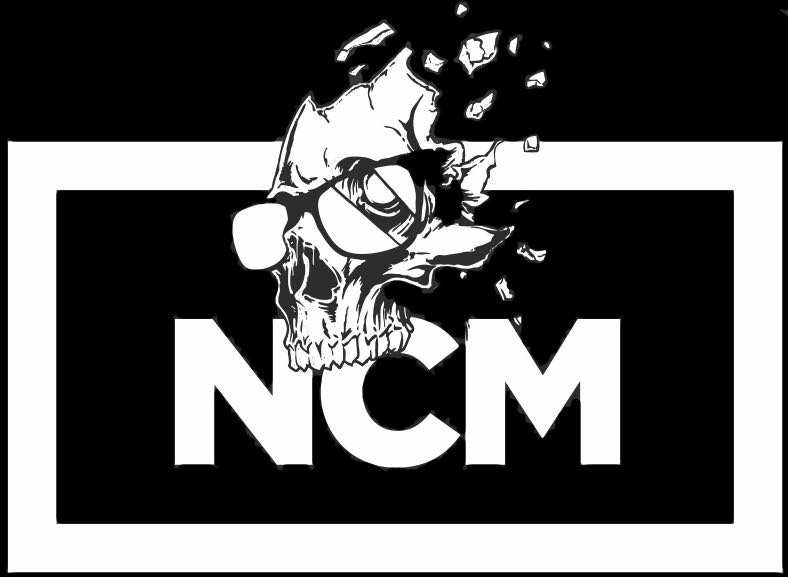The film ‘Dawn of the Planet of the Apes’ may not only be the best summer blockbuster of 2014, but the message at the heart of the film really steals the show…
By Damon Martin — Editor/Lead Writer
Every summer the biggest studios in Hollywood unleash their biggest films trying to cash in on the movie going public all feasting on midnight showings and weekend gatherings to rake in a ton of money while occasionally putting together an action-packed, yet socially conscionable movie. Now the ratio of those movies verses the mindless dribble that usually permeates the multiplexes is fairly lopsided, but this summer director Matt Reeves and 20th Century Fox have managed to put together possibly the best movie of the entire year when it comes to the big budget genre of action films with the movie ‘Dawn of the Planet of the Apes’ — a sequel to the surprise hit ‘Rise of the Planet of the Apes’ released in 2011.
The first film in the series was probably met with such cynicism because it followed the remake from Tim Burton starring Mark Wahlberg that could most easily be described as a flaming pile of monkey poo, and it’s actually surprising 20th Century Fox would take on yet another reboot of the series given the critical flop that film was in 2001. Thankfully with standout performances from James Franco and the cast of ‘Rise of the Planet of the Apes’, that film became a fan favorite thanks to elaborate story telling, an intricate origin tale of how the apes came to be so intelligent, not to mention the socially important message of how harmful and cruel animal testing really can be without having a PETA sticker slapped in your face.
The sequel released on Friday is not only a tremendous follow-up to the original film, but in many ways superior. It’s like comparing ‘Batman Begins’ to ‘The Dark Knight’ — there is no one without the other, but as great as the original movie was, there’s no denying the sequel was the better film overall.
The Plot
It’s 10 years after the original ‘Apes’ film took place and the drug that was originally supposed to be used to treat Alzheimer’s has not only given apes a massive step forward in the evolutionary scale, but it’s like poison to humans and the disease has spread over the entire planet like a brush fire. The simian flu as it’s called has wiped out most of the human population in a matter of just a few years sans those people that have been found to be genetically immune to the disease. While humanity was being dashed out like an ant crawling on the sidewalk under the weight of a boot, the intelligent apes continued to evolve and learn and started to build their own society far away from the remnants of the last breath of man.
One of the best parts of this story is the fact that the writers and directors didn’t go from apes learning how to communicate and function on a higher level to them completely taking over the world in just a matter of a few years — these apes are smart, they comprehend, and they are problem solving, but they aren’t technological geniuses yet so it’s a slow process as they rebuild their world on the ashes of our old one. Despite few signs of any humans surviving the great simian plague, it doesn’t take long for the apes to run into a small band of survivors hoping to rebuild their own corner of the world, but that’s dependant on reaching a dam to turn back on the electricity and of course the ape society sits right smack dab in the middle of where they are and where they need to be.
The plot unfolds in this movie like a perfectly woven tapestry with the apes really taking center stage as the stars of the film. Their society is one built on trust in each other and a ruling philosophy of ape doesn’t kill ape. Following years of torture by the hand of humans, most of the apes are wary of mankind when they pop their ugly heads up again in the opening moments of the movie, but Caesar (the ape at the center of the focus from the first movie) remembers that there were good humans in the world like the man he grew up with before finding this higher level of intelligence. He’s timid but more apt to trust that the humans in this world are just trying to carve out a path to survival and no longer the warring, land gathering hordes that once ruled the Earth.
Needless to say each side finds out basic instincts in both human and ape run deep, and it soon becomes a battle for survival of the fittest with hate and anger winning out over peace and understanding. It’s the common concept of destroy thy enemy and then rebuild on their broken bones and shattered homes instead of working together to make a better world for everybody. The best part about the way the story unfolds is the fact that both sides are to blame, much like the political atmosphere we live in today. Nobody is exactly right or exactly wrong, but neither wants to give up an inch and when fear becomes the highest motivating factor, irrational decisions start happening at a rapid pace.
The Acting
First and foremost kudos to Andy Serkis, who plays the lead ape Caesar, through CGI and motion capture, but manages to make the most human primate you’d ever imagine could come to life on film. His mannerisms and body language are so perfect you forget this isn’t really an ape being trained to perform as an actor. Jason Clarke takes the lead acting spot during the film as Malcolm — the leader of the human party sent to re-establish the dam and turn on the electricity — and he also happens to be one of the more rational thinking humans who believes that man and ape can co-exist in this new world. Gary Oldman plays Dreyfus, the leader of the city with the only humans left alive for at least a few hundred miles, and he’s the more radical thinking general looking to survive while eradicating any enemy that stands in his way. While the promotional materials would have you believe Oldman is really the lead in this movie, it’s Clarke (who will also star in next year’s Terminator reboot) who really steals the show as the most prominent (human) actor in the movie. The rest of the cast is solid as well including Keri Russell as Malcolm’s girlfriend, but the stars for the biggest part of the film are the apes. The actors and actresses who portray the simian colony really make this movie as good as it is with body language and real emotional performances despite rarely saying a word. The difference in this apes movie and other past films including the classic with Charleton Heston is that the primates are truly the central focus and not made to look like megalomaniacal animals and instead portrayed as an evolving race learning how to cope in the world without being poked, prodded and told what to do every day.
A Sequel That’s Not
Another brilliant part about this film is that while it is billed as a sequel and many of the apes from the first movie reappear in this one, ‘Dawn of the Planet of the Apes’ really works well as a stand alone movie as well. The brief introduction explaining the drug protocol that backfired and became the black plague of this day and age sets the stage, and by the time you set sights on the apes for the first time, it’s very easy to pick up on the story as if the first one never happened. Certainly there are key moments that throwback to that original film and it’s highly recommended that you see it, but even without seeing a single frame of that movie, ‘Dawn of the Planet of the Apes’ is a wonderful, poignant two hours sitting in the theater.
Final Word
For all the summer blockbusters with capes and superpowers (and there were some good ones this year), ‘Dawn of the Planet of the Apes’ may go down as the best big budget movie for all of 2014 because not only is a visceral, eye opening action film, but the story at the heart of this film transcends the opening weekend frenzy normally felt with a new movie being dropped in the middle of July. If you like an intelligent story a real world cautionary tale stapled onto the soul of the movie, this is the one for you.

